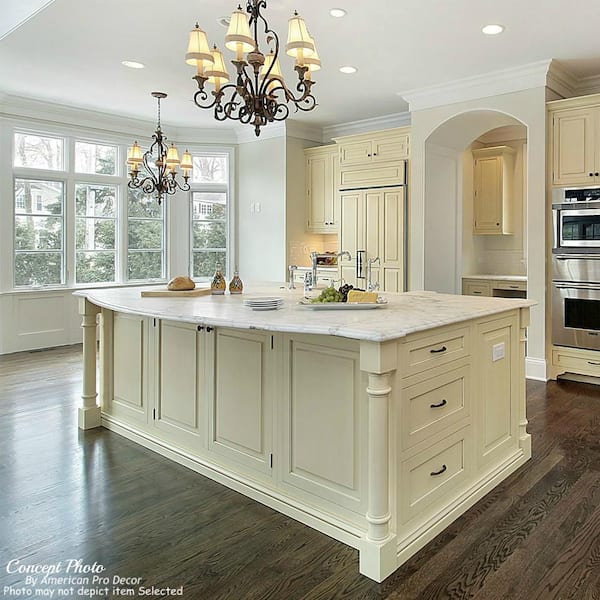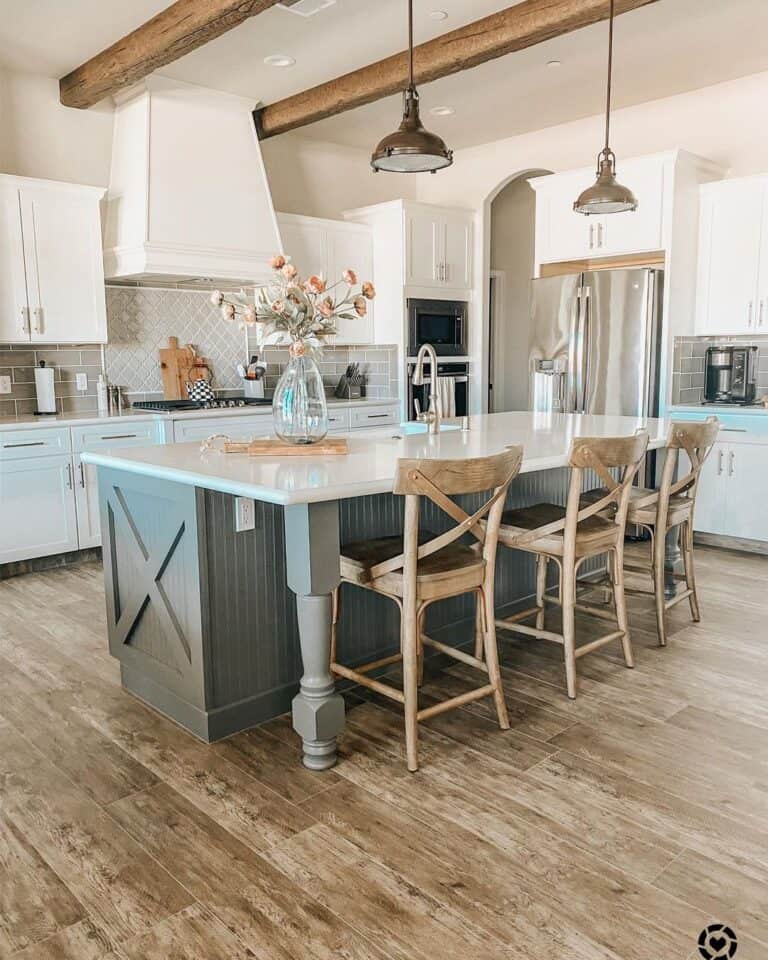Elevate Your Space with Fashionable Legs For Kitchen Island Styles
Elevate Your Space with Fashionable Legs For Kitchen Island Styles
Blog Article
Important Variables to Take Into Consideration When Picking Legs For Kitchen Area Island
Choosing the suitable legs for a cooking area island entails a cautious assessment of multiple factors that can substantially influence both performance and aesthetic allure. Amongst these, the choice of material plays a crucial function in guaranteeing sturdiness, while the design must match the existing style. Considerations such as height and weight support are crucial for security and comfort. As we explore these elements, it ends up being clear that each decision can have far-ranging implications for the overall kitchen area experience. What subtleties should be thought about in each of these groups to accomplish the ideal equilibrium?
Material Options
When choosing legs for a cooking area island, recognizing the various product alternatives is important for accomplishing both visual allure and structural stability (Legs For Kitchen Island). The selection of product significantly influences not just the durability of the island but likewise its general layout and capability
Steel legs, often made from stainless steel or functioned iron, add a commercial and contemporary feel while guaranteeing sturdiness and stability. These materials are resistant to put on and can sustain considerable weight, making them optimal for larger islands.
Another alternative is crafted materials, like MDF or plywood, which can be a lot more economical while still using a variety of finishes. They may not provide the very same level of stability as strong wood or steel. Legs For Kitchen Island. Last but not least, materials such as acrylic or glass can create a modern look, though they may call for extra assistance to make sure stability.
Inevitably, the choice of product for cooking area island legs must straighten with the desired performance and the total motif of the cooking area.
Style and Style

When taking into consideration design, the form and surface of the legs are essential. Conical legs can give a feeling of agility and style, while thicker, extra durable legs can communicate stamina and stability. Furthermore, the finish-- be it painted, stained, or all-natural-- need to enhance the cabinets and counter top materials to create a unified appearance.
In addition, the layout of the legs can likewise show personal preference. Personalized or attractive legs, such as those featuring elaborate makings or one-of-a-kind geometric forms, can act as centerpieces, including personality and personality to the kitchen. Inevitably, the ideal choice will certainly not just improve functionality yet likewise elevate the visual allure, making the cooking area island a standout attribute of the home.
Height Considerations
Picking the proper height for cooking area island legs is important, as it directly influences both performance and convenience. The common height for a cooking area island usually ranges from 36 to 42 inches, straightening with common kitchen counter heights. A 36-inch elevation is optimal for cooking and cooking, enabling comfortable usage of kitchen area devices and tools. Alternatively, a height of 42 inches is usually chosen for islands planned for bar seating, suiting taller stools and using an informal dining experience.

It is additionally necessary to represent users' elevations and preferences. Customizing the height can ensure a comfortable experience for all member of the family, making the kitchen area island a more pleasurable and practical area.
Weight Support
Guaranteeing ample weight support for cooking area island legs is essential for both safety and performance. The kitchen island commonly offers multiple purposes, including cooking, dining, and additional storage space, necessitating a durable assistance structure. When choosing legs, it is essential to take into consideration the overall weight capacity needed based upon the island's intended usage and the products that will be put on it.
The selection of material for the legs plays a substantial role in their weight-bearing abilities. Strong timber, metal, and durable compounds usually offer remarkable toughness compared to lighter materials. Furthermore, the layout of the legs-- whether they are straight, tapered, or have a pedestal type-- can affect their capacity to disperse weight effectively across the structure.
In addition, the leg positioning should be tactically prepared to improve security. Legs placed at the edges or with a wider base can better support much heavier tons. Constantly have a peek at this website get in touch with the manufacturer's specifications concerning tons limitations to make sure that the legs can maintain the desired weight without endangering safety and security. In recap, choosing cooking area island legs with appropriate weight support is necessary for producing a secure and useful culinary room.
Installment and Maintenance
Proper installment and maintenance of cooking area island legs are vital for ensuring durability and stability. This commonly involves protecting the legs to the island base using proper fasteners, making sure that the legs are degree and lined up.
As soon as installed, routine upkeep is required to maintain the integrity and appearance of the legs - Legs For Kitchen Island. For wood legs, periodic cleaning with a wet cloth and application of appropriate timber polish can avoid dampness damage and preserve their surface. Steel legs may need a mild cleansing solution to eliminate oil and crud, followed by a dry fabric to prevent rust formation
Furthermore, evaluate the legs regularly for signs of wear or damage, such as fractures or loosened joints. Tightening up screws or screws as required can likewise lengthen the life-span of the legs. By sticking to these installment and upkeep methods, home owners can make certain that their cooking area island continues to be tough and aesthetically appealing for several years ahead.
Verdict

Aesthetic coherence is vital in picking the design and design of legs for a kitchen island, as these aspects considerably affect the total ambiance of the space. Tapered legs can offer a sense of lightness and sophistication, while thicker, extra durable legs can share toughness and security.Choosing the appropriate height for kitchen island legs more tips here is essential, as it directly affects both performance and comfort. In summary, selecting kitchen island legs with sufficient weight support is important for producing a risk-free and functional culinary room.
In verdict, picking legs for a cooking area island demands cautious consideration of various factors, including product alternatives, style, height, weight support, and installment.
Report this page